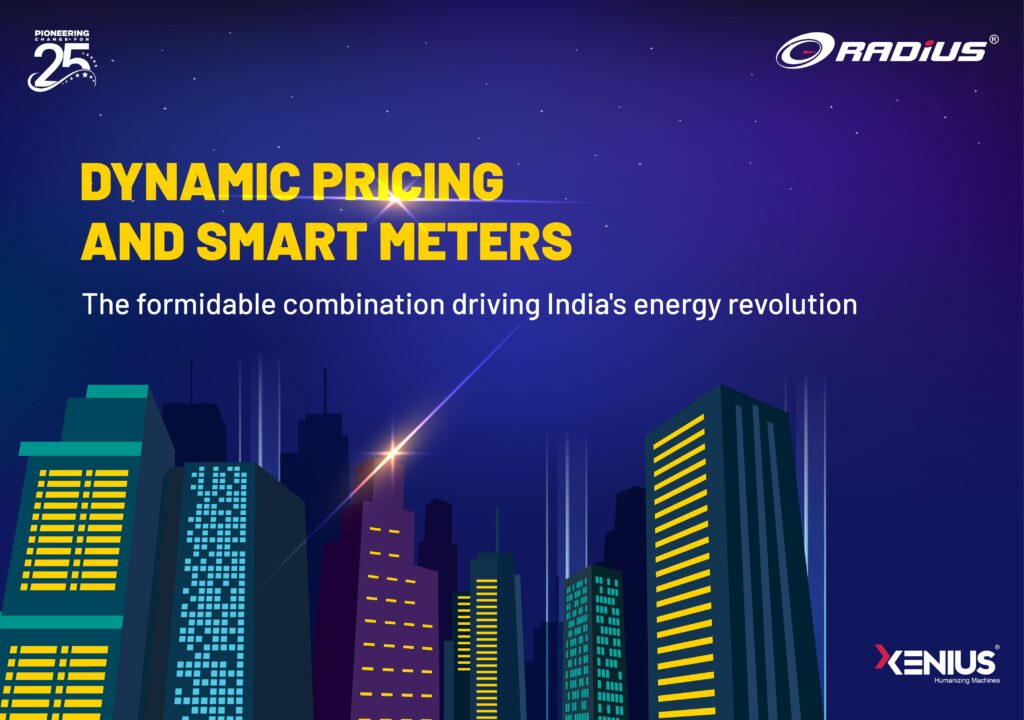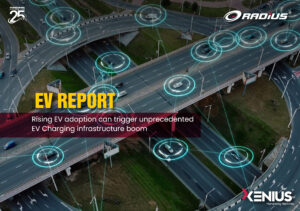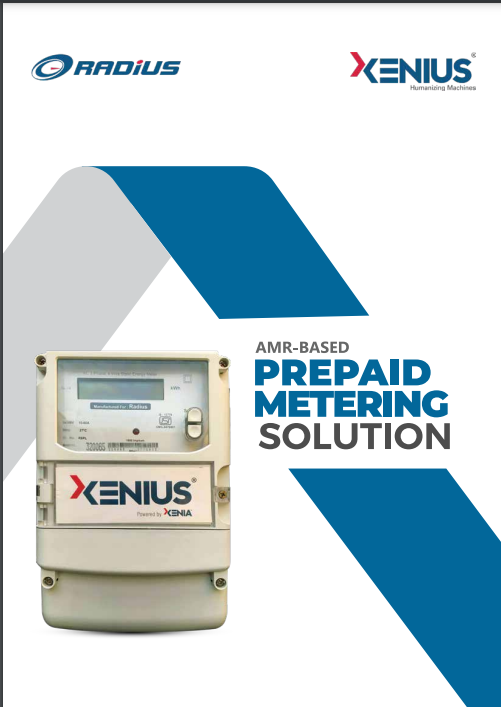In the ever-evolving energy sector of India, a quiet yet profound revolution is taking place, driven by the integration of dynamic pricing enabled by smart meters.
With the government’s ambitious Smart Meter National Program (SMNP) aiming to replace conventional electricity meters with prepaid smart meters and associated communication and backend infrastructure, consumers across the country are on the brink of experiencing a substantial change in the energy sector ecosystem that could have a significant impact of their energy consumption patterns.
Dynamic pricing (or RTP : Real Time Pricing), facilitated by smart metering, represents a departure from traditional flat-rate billing systems. It grants consumers the flexibility to adjust their energy usage based on pricing fluctuations – as it happens – almost in real time.
By offering consumers real time insight and control into their energy consumption and usage, smart metering helps achieve and fulfil the promise of dynamic pricing.
Dynamic pricing is an innovative approach that not only empowers consumers but also contributes to a more efficient and sustainable energy ecosystem.
One of the primary advantages of dynamic pricing is its capacity to incentivize off-peak consumption, thereby alleviating strain on the grid during periods of peak demand.
By encouraging consumers to shift energy-intensive activities to off-peak hours, such as running appliances or charging electric vehicles, dynamic pricing helps to balance supply and demand, reducing the likelihood of grid overload and the need for costly infrastructure upgrades.
Additionally, by bringing down power use and energy load during peak periods, dynamic pricing strategies can help reduce outages and blackouts, leading to better performance and reputation for the provider – and enhanced lifestyle and satisfaction for the consumer.
Not just that. Dynamic pricing aims at greater energy efficiency among consumers by promoting awareness of judicious energy usage patterns and encouraging conservation. With real-time data on energy consumption and corresponding pricing, consumers are better equipped to make informed decisions about their energy usage, leading to lower utility bills and reduced strain on the distribution infrastructure.
Dynamic pricing also promotes social equity by offering consumers with varying income levels the opportunity to access aspirational lifestyle benefits by managing their energy costs more effectively. Programs such as prepaid electricity and targeted subsidies ensure that all consumers can access affordable and reliable energy services, regardless of their socioeconomic status.
The impact of dynamic pricing extends beyond individual consumers to encompass the broader energy ecosystem, including distribution companies (DISCOMs), businesses across sectors and the government. By optimizing energy consumption patterns and curbing peak demand, dynamic pricing enables DISCOMs to manage their resources more efficiently, resulting in cost savings and enhanced operational performance.
According to government data from the Ministry of Power, the implementation of dynamic pricing enabled by smart meters has led to a significant reduction in aggregate technical and commercial losses (AT&C losses) for discoms. These losses, which include theft, pilferage, and billing inefficiencies, have long been a persistent challenge for the Indian power sector, resulting in billions of rupees in revenue loss annually.
On the sustainability front, dynamic pricing has the potential to revolutionize the renewable energy landscape in India by facilitating synergistic integration of renewable sources such as solar and wind power. One of the drawbacks of renewable energy sources is that they are intermittent. By incentivizing consumers to consume electricity when renewable generation is at its peak, dynamic pricing drives greater adoption of clean energy resources, thereby advancing the nation’s renewable energy targets and curbing carbon emissions.
The adoption of dynamic pricing enabled by smart meters and associated ecosystem also aligns with the Indian government’s vision of promoting digitalization and innovation in the power sector. Leveraging digital technologies such as IoT and advanced metering infrastructure (AMI), India is positioning itself as a frontrunner in smart grid technology, laying the groundwork for a more resilient and sustainable energy future.
Implementation of dynamic pricing heralds a new era of consumer empowerment and energy efficiency in India. With real time insights and flexible pricing options, consumers have the opportunity to take control of their energy usage, reduce costs, and contribute to a more sustainable energy ecosystem.
As the implementation of smart meters continues to expand across the country, the benefits of dynamic pricing are poised to accelerate the journey, and unlock exciting new vistas in India’s energy landscape.
DISCLAIMER
Observations and options expressed in the article (except where specifically validated by market numbers and stats) belong to the contributing writer of the article, and are not necessarily indicative of the company’s position and stance in the matter.












